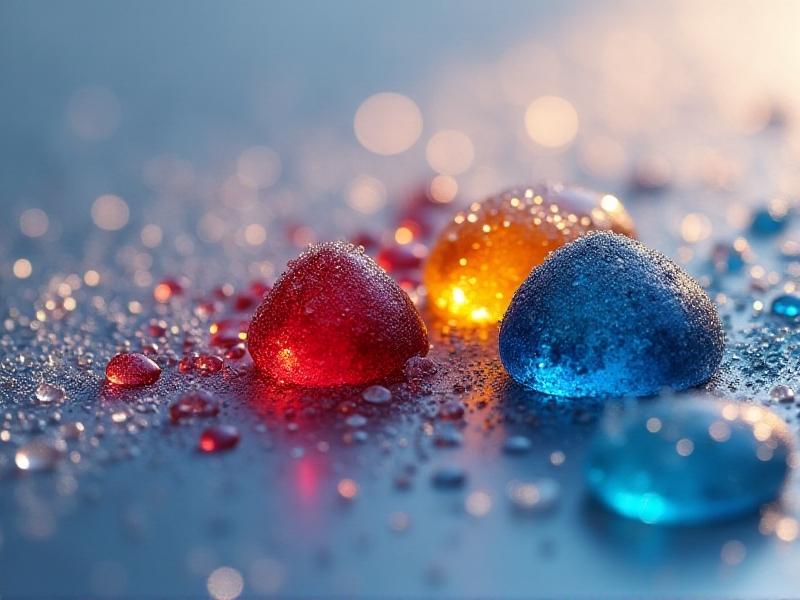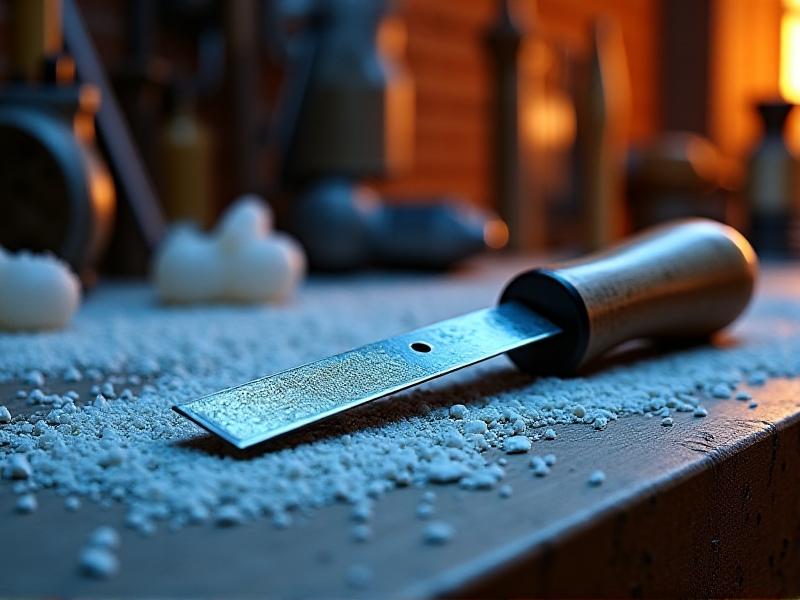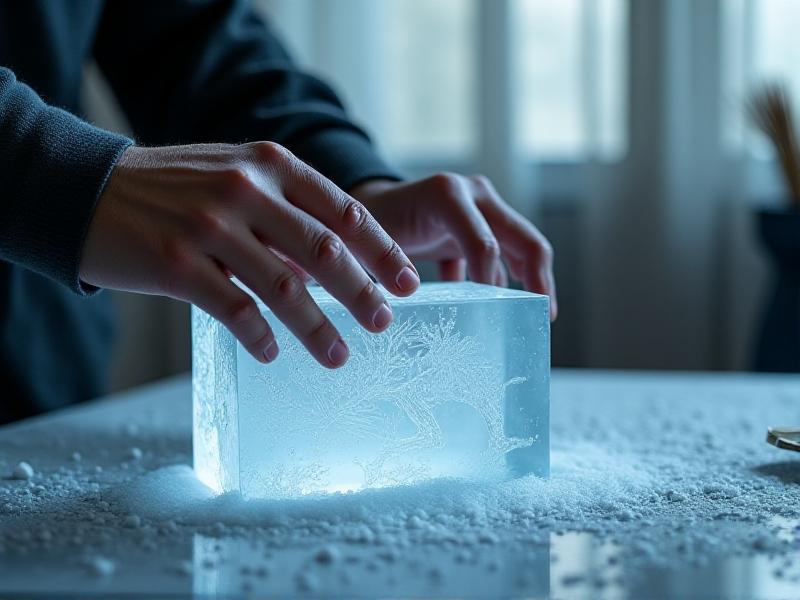Maintaining Pigment Integrity in Subzero Temperatures
Understanding Pigment Integrity in Subzero Conditions
Pigment integrity refers to the ability of a pigment to maintain its color, consistency, and chemical structure under various environmental conditions. In subzero temperatures, pigments face unique challenges that can alter their properties. Freezing temperatures can cause pigments to crystallize, separate, or degrade, leading to color shifts or loss of vibrancy. Understanding the science behind pigment behavior in cold environments is essential for industries like art conservation, automotive manufacturing, and cosmetics, where color stability is critical.
Pigments are composed of complex molecules that interact with light to produce color. When exposed to extreme cold, these molecules can slow down or change their behavior, affecting the pigment's appearance. For example, water-based pigments may freeze, causing the binder to separate from the pigment particles. Oil-based pigments, on the other hand, may thicken or become brittle. By studying these reactions, scientists and engineers can develop strategies to preserve pigment integrity in subzero conditions.

The Science of Pigment Degradation in Cold Environments
Pigment degradation in subzero temperatures is a multifaceted process influenced by chemical, physical, and environmental factors. One of the primary mechanisms is crystallization, where pigment molecules form solid structures that disrupt their uniformity. This can lead to changes in color intensity or hue. Additionally, freezing temperatures can cause binders and solvents to contract or expand, creating stress on the pigment particles and leading to cracking or flaking.
Another factor is the interaction between pigments and moisture. In cold environments, moisture can condense on pigment surfaces, leading to oxidation or hydrolysis reactions. These chemical changes can alter the pigment's molecular structure, resulting in fading or discoloration. Understanding these processes is crucial for developing protective measures, such as coatings or additives, that can mitigate the effects of cold on pigments.

Strategies for Preserving Pigment Integrity in Cold Climates
Preserving pigment integrity in subzero temperatures requires a combination of material science and practical application techniques. One effective strategy is the use of specialized binders and solvents that remain stable in cold conditions. For example, acrylic-based binders are less prone to freezing and can maintain their flexibility even at low temperatures. Similarly, solvents with lower freezing points can prevent pigment separation and ensure consistent application.
Another approach is the incorporation of additives that enhance pigment stability. Anti-freeze agents, for instance, can prevent crystallization, while UV inhibitors can protect pigments from light-induced degradation. Additionally, proper storage and handling practices, such as keeping pigments in temperature-controlled environments, can significantly extend their lifespan. These strategies are particularly important for industries like outdoor signage and automotive coatings, where pigments are exposed to harsh weather conditions.

Case Studies: Pigment Performance in Extreme Cold
Real-world examples provide valuable insights into how pigments perform in extreme cold. One notable case study involves the use of pigments in Arctic research stations, where equipment and structures must withstand temperatures as low as -50°C. Researchers have found that pigments with high molecular stability and UV resistance perform best in these conditions, maintaining their color and integrity over extended periods.
Another case study examines automotive coatings in cold climates. Vehicles in regions like Scandinavia and Canada are exposed to freezing temperatures, road salt, and moisture, all of which can degrade pigments. Manufacturers have developed advanced coatings with embedded nanoparticles that enhance durability and color retention. These innovations not only improve aesthetic appeal but also protect the underlying metal from corrosion.
Innovations in Pigment Technology for Cold Resistance
Recent advancements in pigment technology have focused on enhancing cold resistance through innovative materials and formulations. One breakthrough is the development of bio-based pigments derived from natural sources like algae and fungi. These pigments not only offer environmental benefits but also exhibit superior stability in cold conditions due to their unique molecular structures.
Another innovation is the use of nanotechnology to create pigments with enhanced durability. Nanoparticles can be engineered to reinforce pigment particles, making them more resistant to cracking and fading. Additionally, smart pigments that change color in response to temperature fluctuations are being explored for applications like temperature-sensitive packaging and safety indicators. These advancements are pushing the boundaries of what is possible in pigment science, opening up new possibilities for industries worldwide.
Practical Tips for Artists and Manufacturers
For artists and manufacturers working with pigments in cold climates, practical tips can make a significant difference in maintaining color integrity. First, choose pigments and binders specifically formulated for cold resistance. Acrylics and alkyd-based paints, for example, are more stable in low temperatures than water-based alternatives. Second, store pigments in a controlled environment, avoiding exposure to extreme cold or humidity.
When applying pigments, ensure the surface is clean and dry to prevent moisture-related issues. Use thin, even layers to minimize the risk of cracking or flaking. For outdoor applications, consider using protective coatings or sealants to shield pigments from environmental factors. Finally, test pigments in small batches before large-scale use to ensure compatibility with the intended conditions. These tips can help artists and manufacturers achieve consistent, long-lasting results even in challenging environments.
The Future of Pigment Research in Subzero Environments
As global temperatures continue to fluctuate, the demand for cold-resistant pigments is expected to grow. Future research will likely focus on developing pigments that can withstand even more extreme conditions, such as those found in space or deep-sea environments. Advances in materials science, including the use of graphene and other nanomaterials, could revolutionize pigment technology, offering unprecedented levels of durability and versatility.
Additionally, sustainability will play a key role in shaping the future of pigment research. Bio-based and recyclable pigments are gaining traction as industries seek eco-friendly alternatives. Collaborative efforts between scientists, manufacturers, and artists will drive innovation, ensuring that pigments remain vibrant and functional in any environment. The future of pigment research is bright, with endless possibilities for exploration and discovery.








